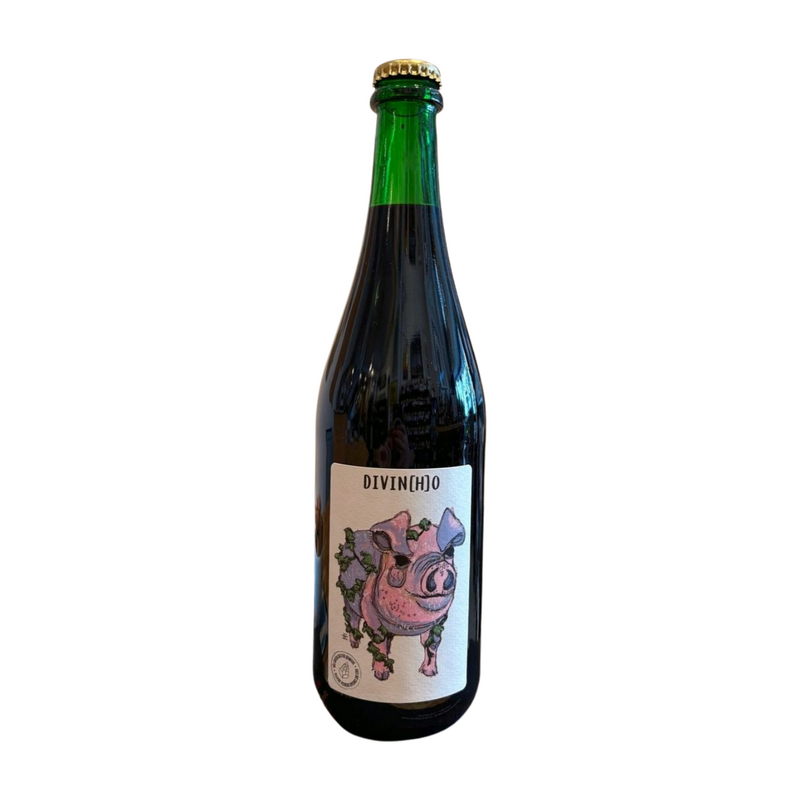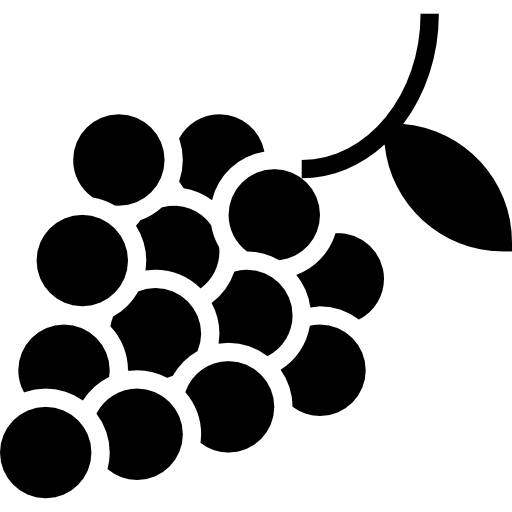An exemplary and deeply traditional expression of red Vinho Verde, a style often overshadowed but highly prized by those who appreciate the region's unique heritage. Produced by Fausto Duarte Bicho Barbosa de Araújo at Quinta do Pinheiro, this wine champions a profound commitment to sustainable and regenerative viticulture, moving far beyond mere organic adherence. The estate is certified organic by Kiwa Sativa, but the philosophy of Divinho centers on syntropy, an approach emphasizing soil regeneration and fostering a highly diverse, healthy eco-vinicultural system within the 1.5 hectares of old, over 50-year-old vines. This focus includes creating syntropic niches around the vineyards and integrating animal contributions to achieve a coherent soil health and biodiversity cycle. This demonstrates a holistic and forward-thinking sustainability that truly sets the producer apart.
In the cellar, the production process for this 100% Vinhão wine respects the grape’s rustic power while achieving finesse. Vinhão, a rare teinturier grape with intensely red-colored flesh, is known for producing massive, opaque purple-black wines. The winemaking is a meticulous blend of tradition and careful technique, involving a rigorous selection of the best grapes, manual harvesting often only in the cooler mornings, and traditional foot-treading in granite lagares where the alcoholic fermentation takes place at controlled temperatures. By avoiding filtration, the wine is subject to natural deposit formation, ensuring the final product is a raw, intense, and unfiltered translation of the high-acid, highly tannic Vinhão variety.
On the palate, the Divinho Vinhão Tinto delivers a vigorous and complex tasting experience defined by its dark character and bright acidity, often featuring powerful notes of sylvan and wild black fruits, such as blackberries and blueberries. Its profile is simultaneously austere, due to the firm, grippy tannins inherent to the Vinhão grape, and refreshingly lively, often exhibiting the characteristic Vinho Verde acidity that makes it an exceptional partner for rich, traditional Portuguese cuisine like rojões (braised pork) and lamprey. The intense color, high acidity, and robust structure mean this red is often best enjoyed slightly chilled to enhance its inherent freshness.







